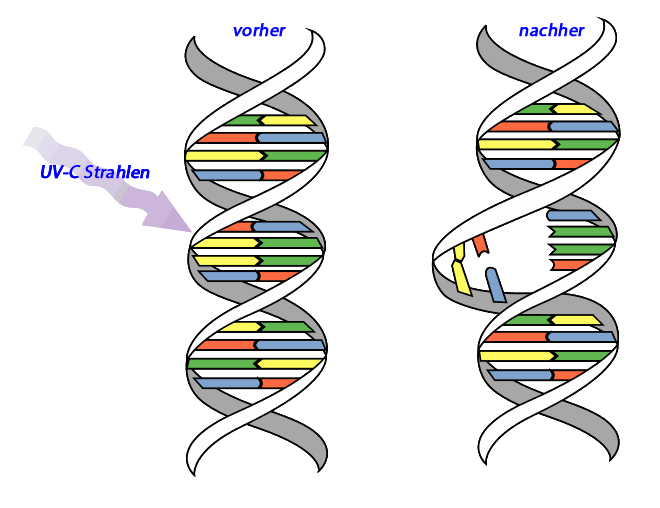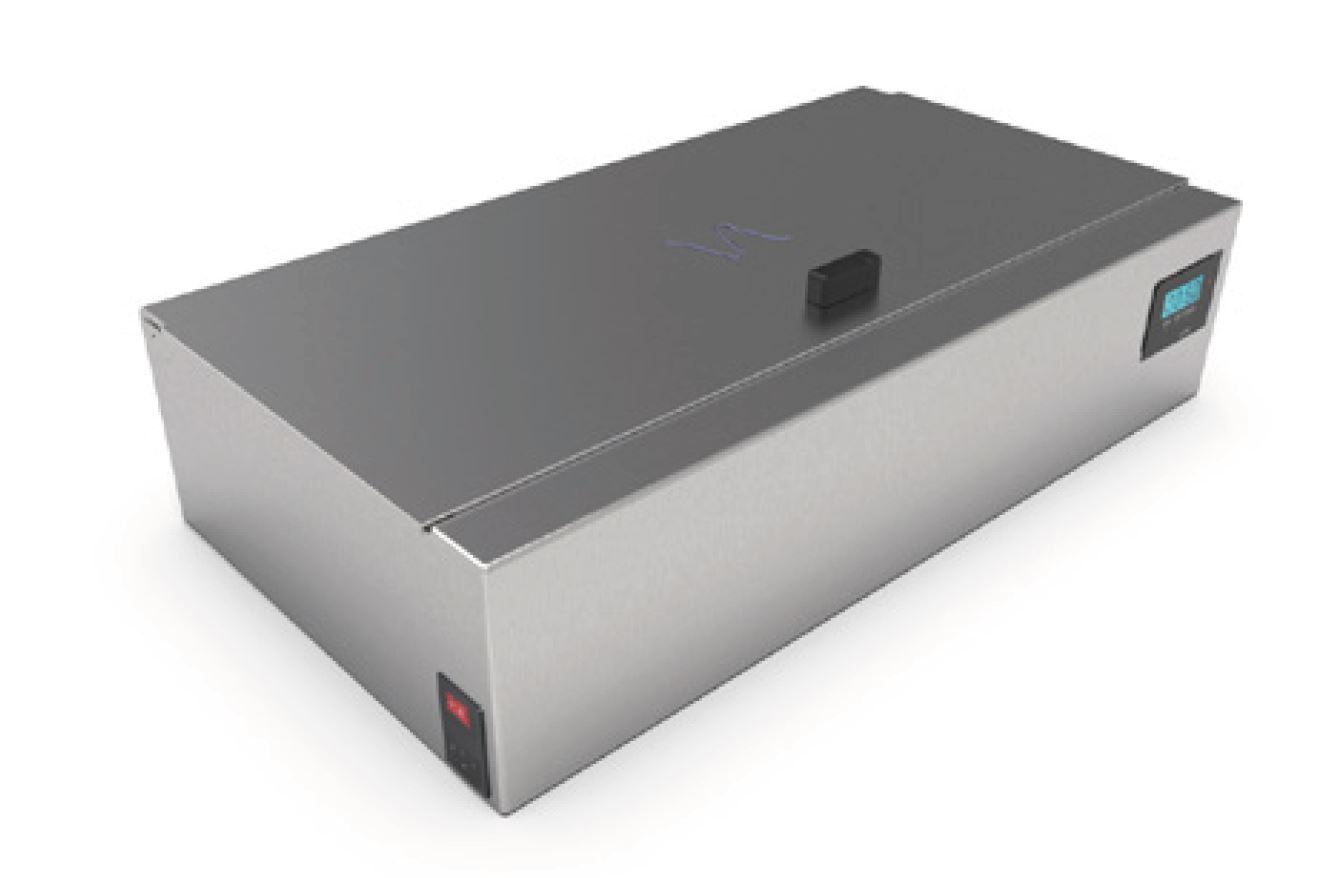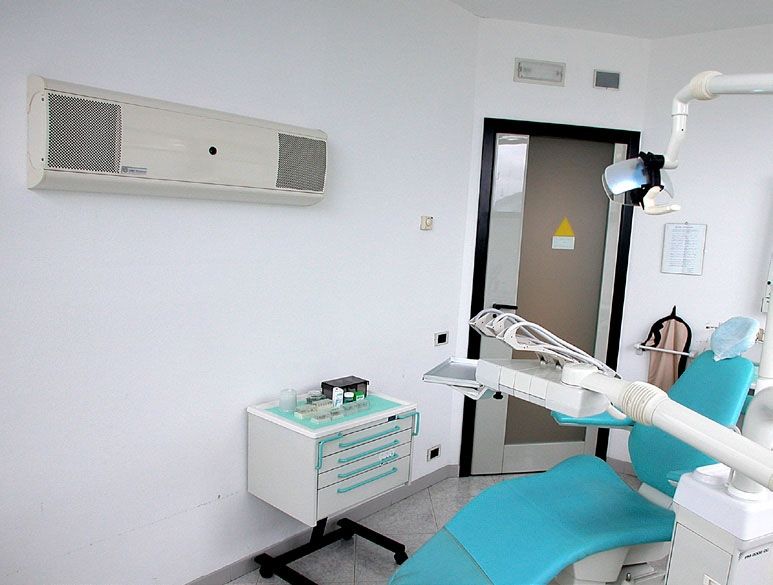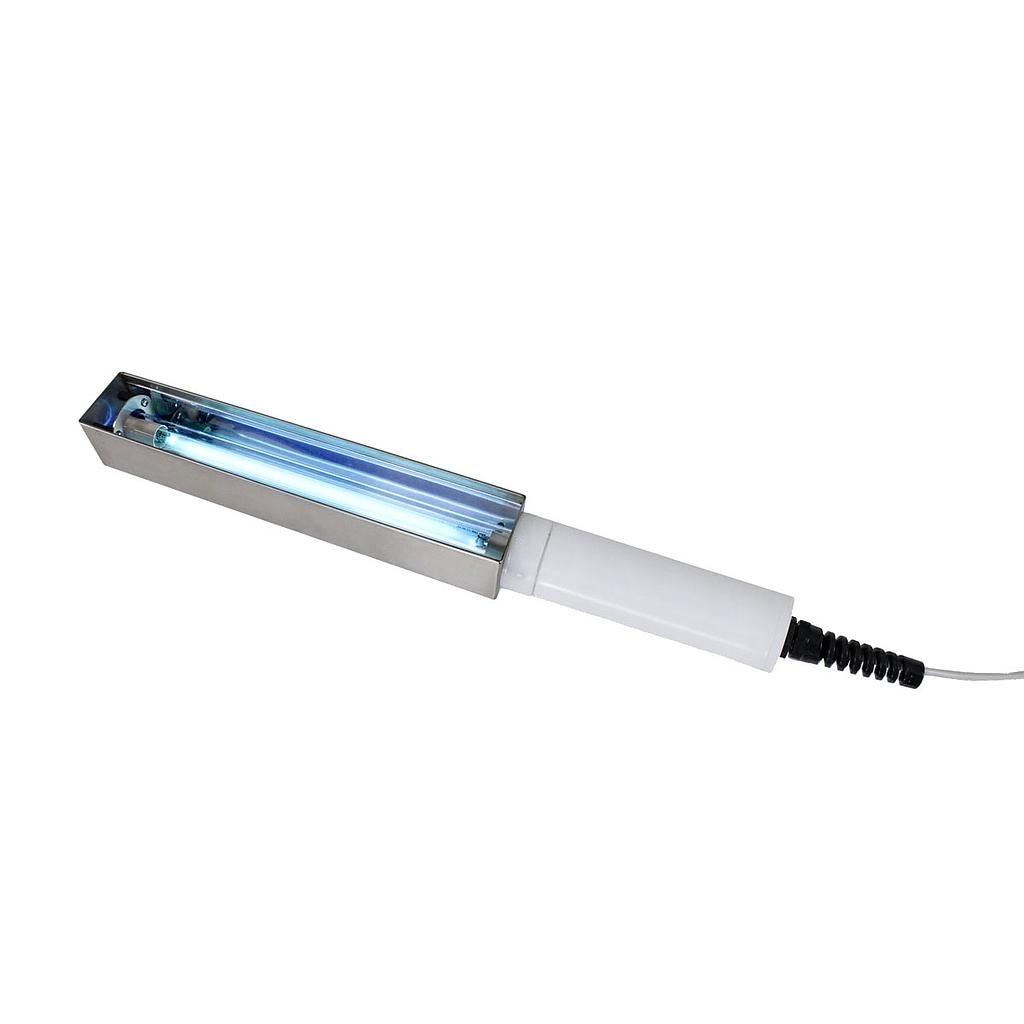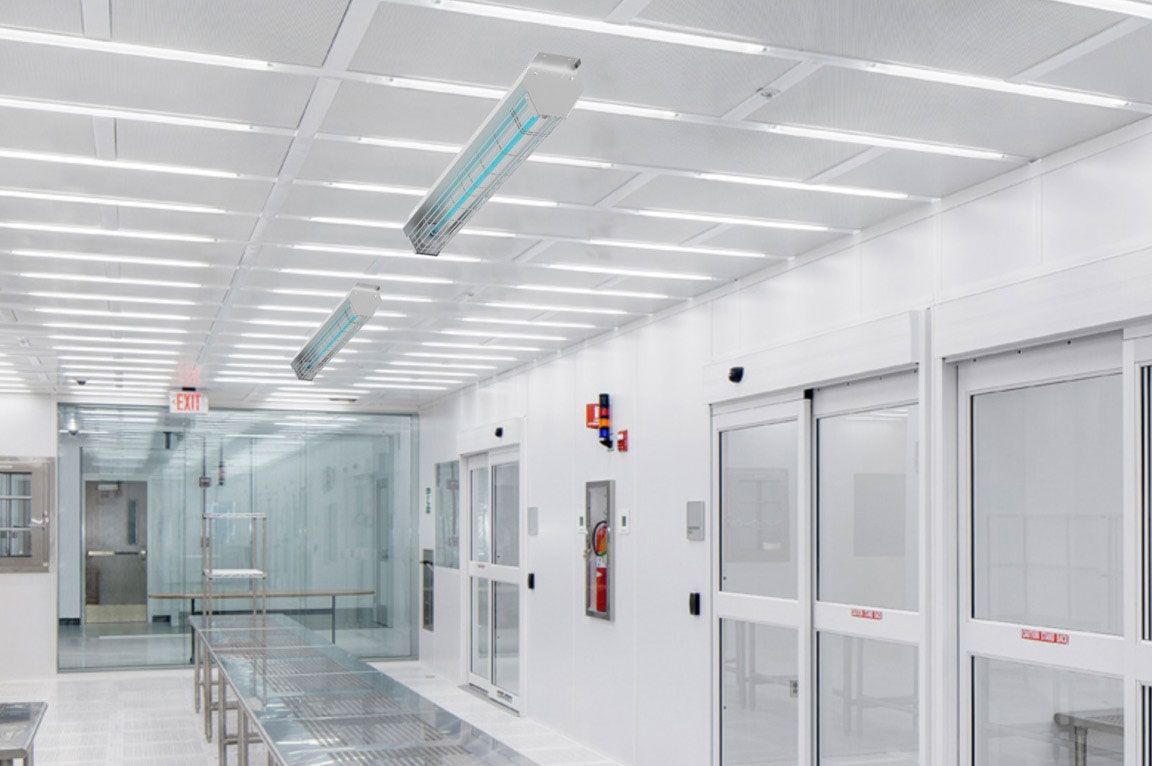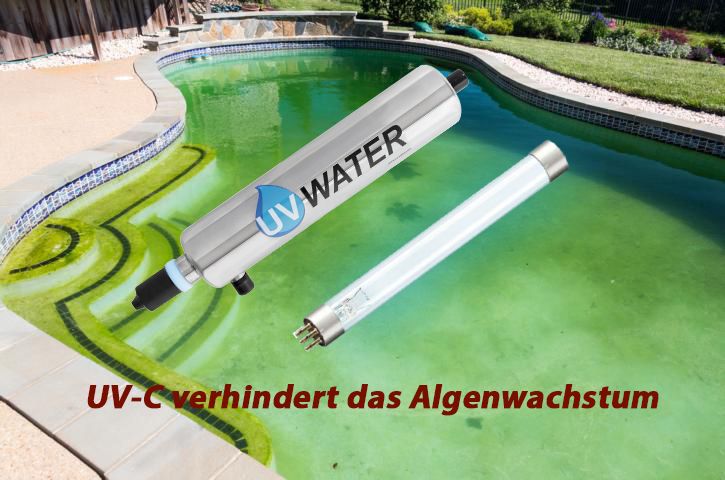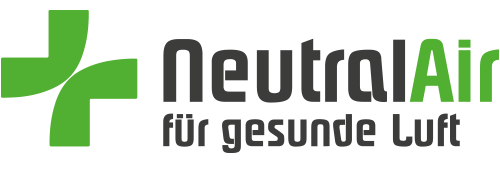
Work stoppage
Every year, countless employees fall ill due to seasonal flu (influenza) or, currently, the SARS-CoV-2 virus.
NeutralAir's UV-C Power purifies and neutralises the air by eliminating viruses, bacteria and germs. This can reduce as well as prevent work stoppages.
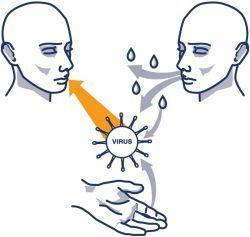
Risk of infection
Aerosols are the smallest particles that are produced when you speak, breathe, cough or sneeze. These droplets are smaller than 5 micrometres and can therefore remain suspended in the air for a long time. If the aerosols are contaminated with viruses, the risk of infection increases. Especially in open-plan offices, where many employees work closely together, the danger lurks.
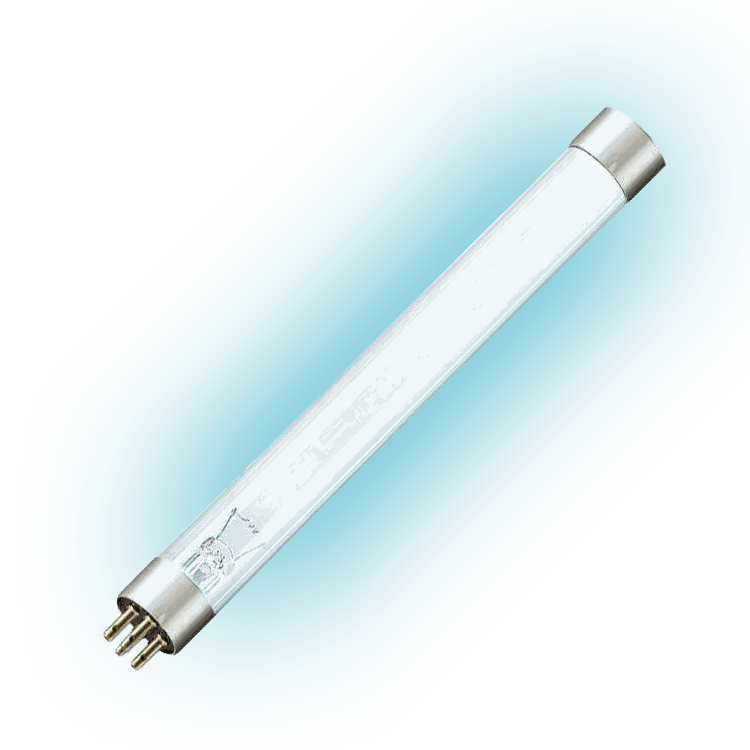
UV-C rays are part of the natural sunlight
If microorganisms are exposed to sunlight, the natural UV-C radiation prevents them from multiplying and has a "killing" effect.
The innovative technology of UV-C disinfection has direct advantages for the user: The technology of UV-C disinfection knows no chemicals, no toxic compounds and no formation of resistance. Unwanted microorganisms become inactive within seconds.The ultraviolet radiation
Like visible light or radio waves, ultraviolet radiation is an electromagnetic radiation and cannot be perceived by the human eye. By definition, it covers the spectral range from 100 to 380nm and is thus directly related to the blue, visible part of light. The ultraviolet spectrum covers wavelengths up to 380nm and is divided as follows.
UV-A
380-315nm "Black light"UV-B
315-280nm responsible for sunburnUV-C
280-200nm Disinfection effectUV-C-VUV
200-100nm Ozone formation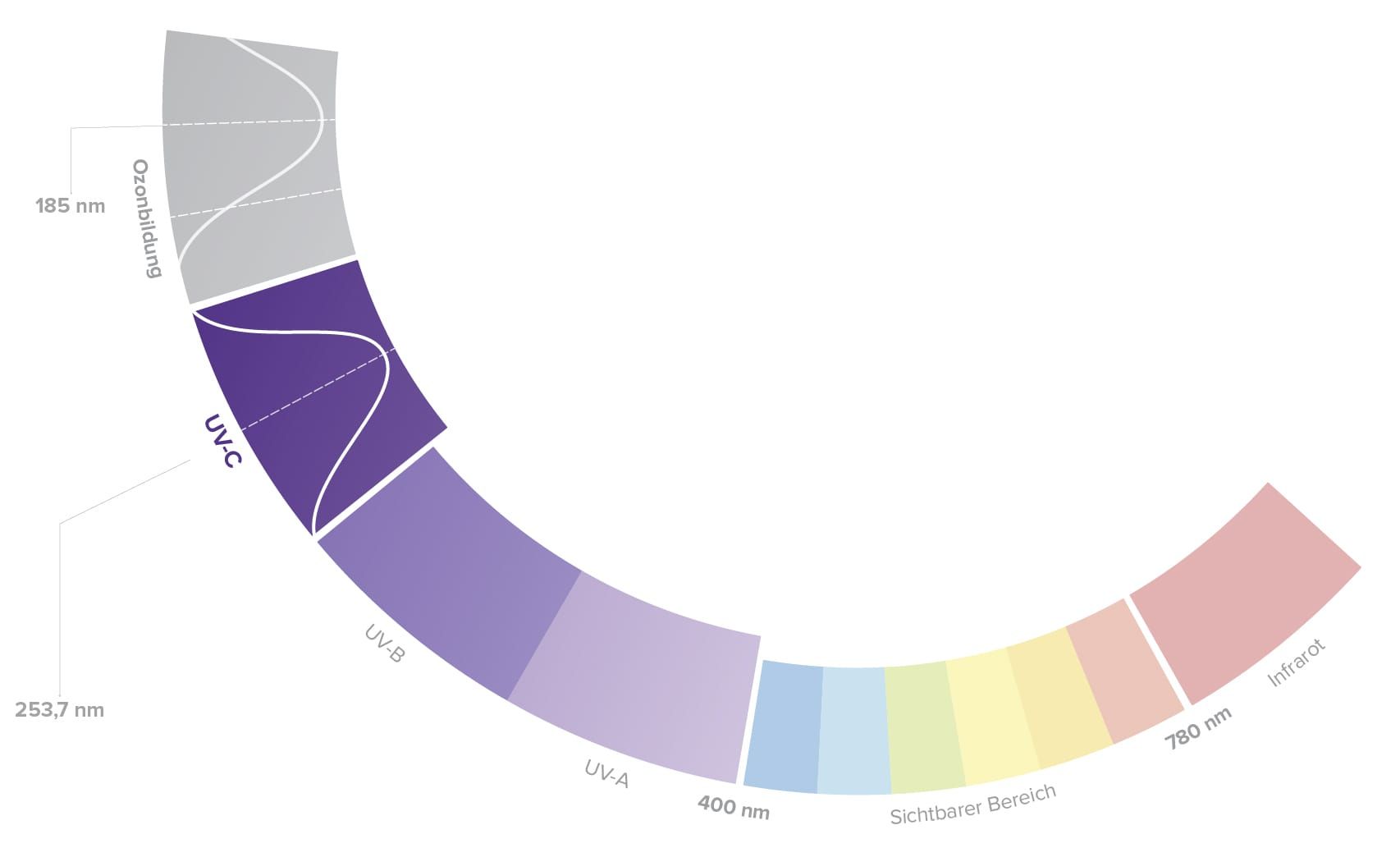
UV-C rays are filtered out by the ozone layer and have a strong disinfecting effect.
At 100 to 280 nanometers, UV-C light is the shortest wavelength range of ultraviolet light. If the ozone layer is intact, however, this range of ultraviolet light is filtered out of the sun's radiation spectrum before it reaches the earth's surface.
UV-C Strahlung zerstört die bindung in der DNA, und somit die Zelle
Ultraviolet radiation is used to treat water, air and surfaces. Due to the speed of the reaction - microbes are inactivated within fractions of a second if the dose is sufficient - UV emitters can be used not only to disinfect surfaces, but also to disinfect water, air or even air streams routed in air conditioning ducts.
Combating aerosols at the hotspot
Before the development of laminar flow systems for clean rooms and the massive use of disinfectants that is common today, weak ultraviolet lamps operating continuously were therefore common in hospitals in order to keep the number of germs low. The increasing antibiotic resistance of hospital-specific germs could lead to a return of the old technique in the near future, as no mutation-related resistances can develop with UV-C disinfection.
Translated with www.DeepL.com/Translator (free version)
Further information on UV-C disinfection
On the website of PMI Labortechnik GmbH you can find more information about UV-C disinfection and its fields of application.
Areas of application
- Medicine
- Pharma
- Food industry / Production and sales
- Water treatment
Germicidal boxes
for table use, made of stainless steel
The UV-BOX disinfects all kinds of objects such as surgical cutlery, doctor's utensils, watches, jewellery, electrical appliances, etc.
UV-C rays have been successfully tested in laboratories as a method to decontaminate N95 masks exposed to MS2 bacteriophage and influenza virus. Disposable masks can be disinfected up to 18x.
Objects that are frequently used in the healthcare sector must be disinfected regularly in order to comply with high quality hygiene standards. With the UV-BOX it is possible to disinfect equipment and instruments in a simple, immediate and safe way, without generating heat or using liquids and without any chemicals.
Air disinfection and sterilization
Water purification
UV-C radiation is used in drinking water and waste water treatment. UV-C pool sterilisers are becoming increasingly popular. Algae growth can be drastically reduced and germs also have very bad cards.
Thanks to the UV-C technology, the chemical disinfectant "chlorine" can be dispensed with.
